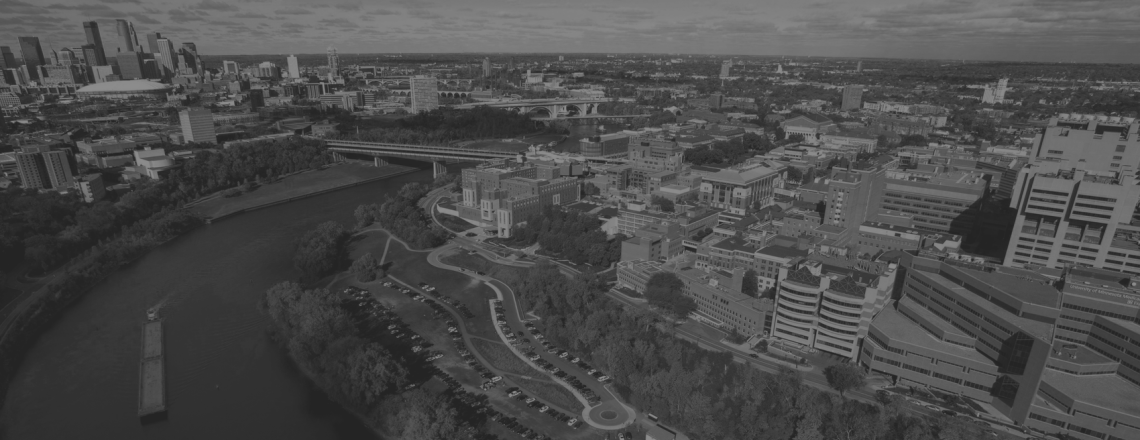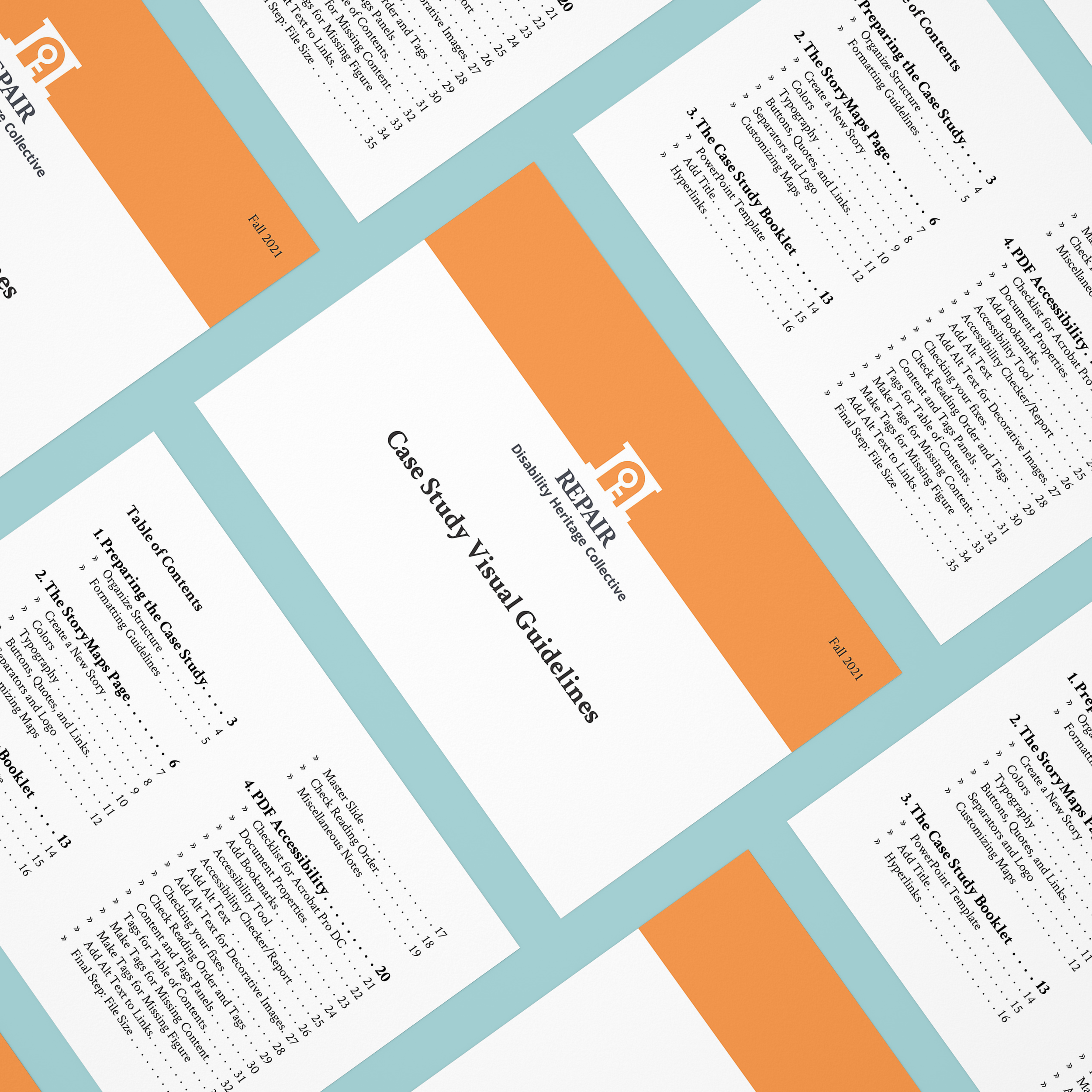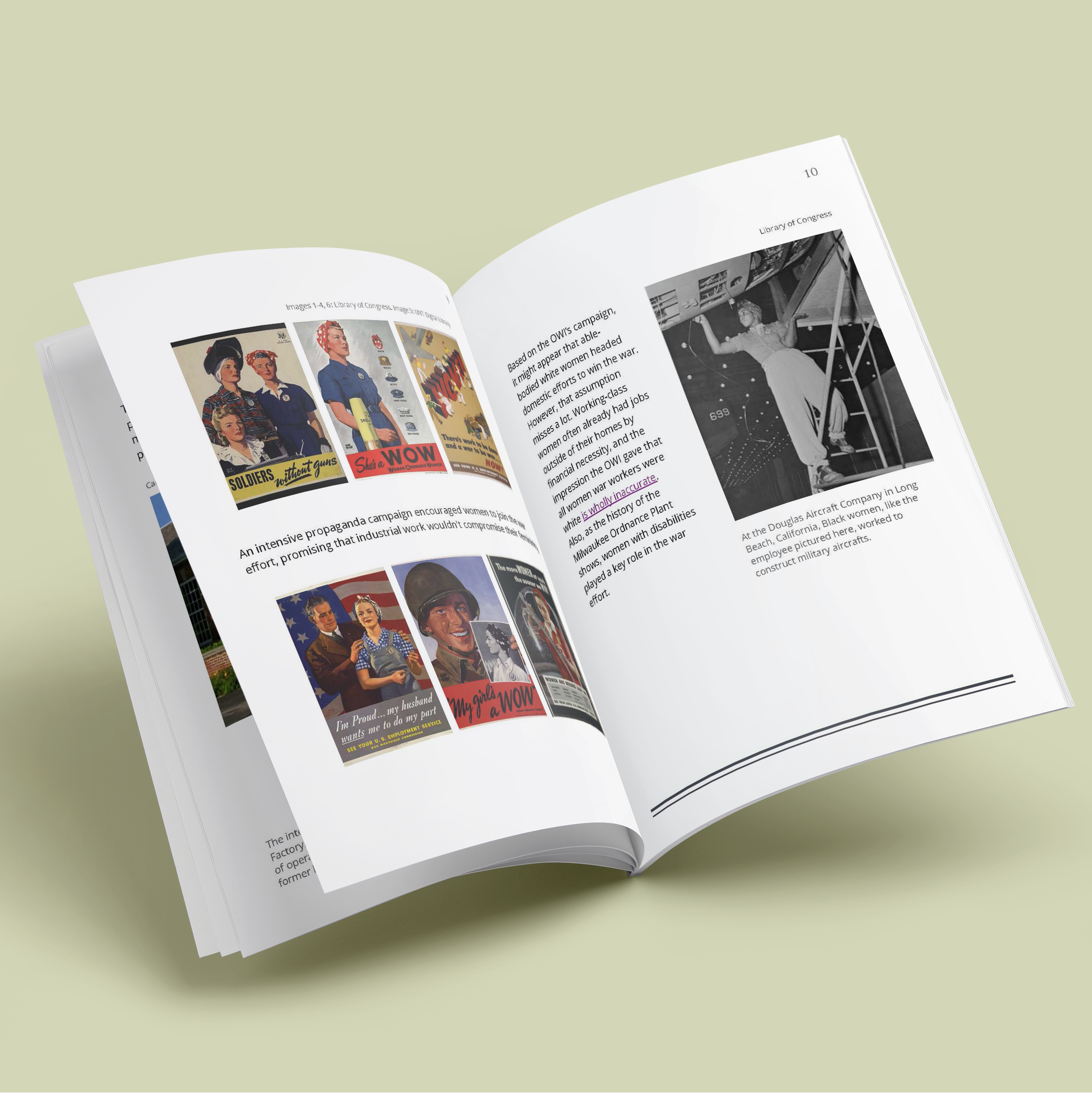
Course Materials
Disability Justice and Cultural Heritage Course History
Professor Gail Dubrow first floated the idea of a course along the lines of Disability Justice and Cultural Heritage in 2019, as REPAIR’s founding trio began their deep dive into disability studies, disability justice, and corresponding radical historic preservation work. At the time, none of us could envision how further learning would shape our project’s direction, but, being game for a challenge, we embraced the potential for what a course focused on disability’s intersection with public history could bring to the university.
The course developed in tandem with our learning trajectory, growing and evolving as we learned together. Changing our course’s title became a kind of shorthand, reflecting how things we read together and conversations we had shifted our collective priorities.
Initially, the plan was to run the course for the first time in 2020. Due to the first U.S. shutdown in response to the pandemic, we decided to postpone. The decision, although a difficult one at the time, proved to be unexpectedly beneficial. The additional time allowed us to craft the syllabus with greater care, read more widely, think more creatively, and meet collaborators who are now core members of REPAIR’s team. When the course ran in 2021, enrolling students from University of Minnesota - Twin Cities, and University of Wisconsin - Milwaukee and -Madison (and with a partnered course at University of Oregon - Portland), we were excited to bring the course to students.
Are there things we’d change about the course now, with the benefit of hindsight? Yes, absolutely. Do we hope that the course’s framework, pedagogical approach, or content will continue to be helpful to interested learners, committed practitioners, and seasoned professionals alike? Also yes. It is in that spirit that we offer our open-access syllabus, as a reflection of what we’ve learned and how we shared that knowledge and curiosity with others.
REPAIR’s Disability Justice and Cultural Heritage Fall 2023 course is currently in development.
Check back in later for the most recently updated version of our syllabus!
Disability Justice and Cultural Heritage Fall 2021
Organized as a workshop where students from multiple disciplines brainstorm strategies for increasing public awareness and understanding of the disability histories embedded in U.S. buildings and landscapes, REPAIR’s course emphasizes how disability studies connects with public history, historic preservation, archival practices, community engagement, and exhibition design.
-
More information to come.
-
More information to come.
Additional Educational Materials
-

Case Study Process
Resources and instructions for following REPAIR’s process for building case studies
-

Case Study Toolkit
All the materials needed to make a case study, including guidebooks and templates
-

Public Presentations
Videos and presentation transcripts focused on REPAIR’s ethos and methods
Course Material Archive
Explore materials for the Disability Justice and Cultural Heritage course from previous semesters and years.
Fall 2021
University of Minnesota
HSPH 8010: Disability Justice and Cultural Heritage
